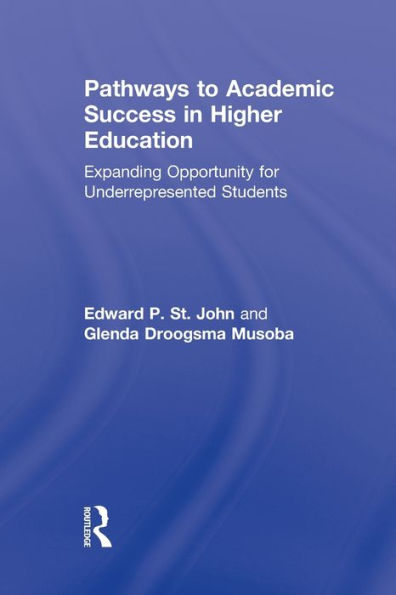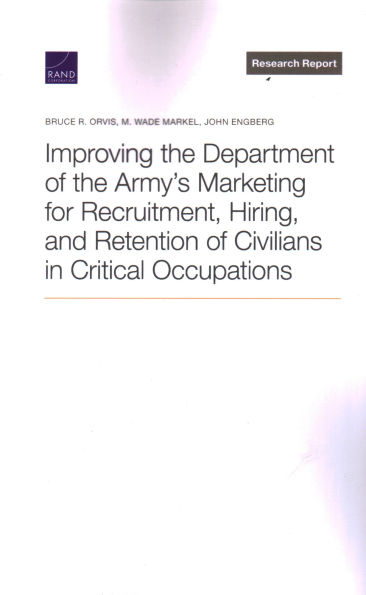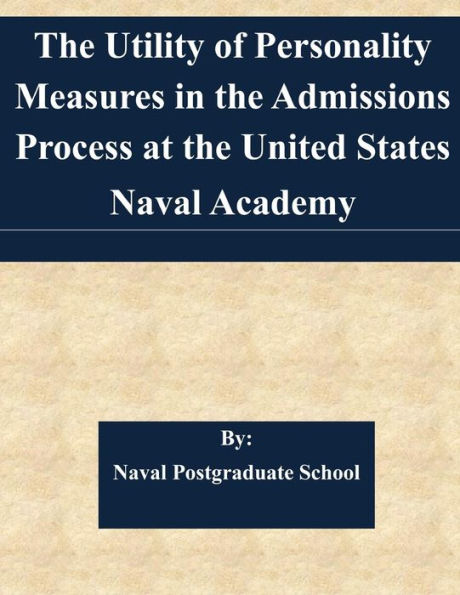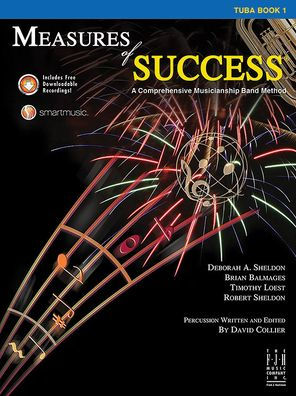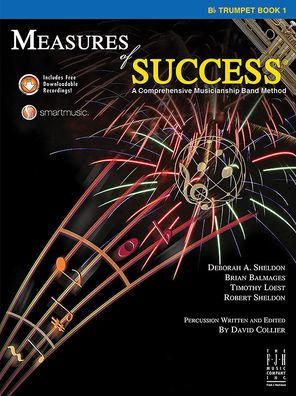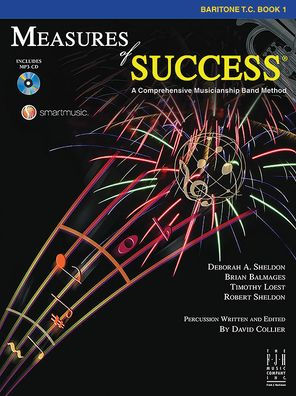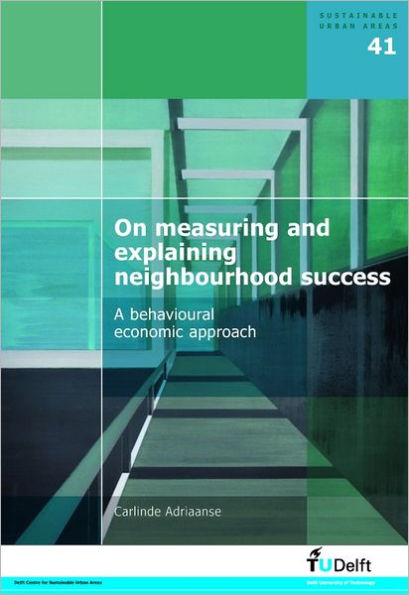Home
Measuring Noncognitive Variables: Improving Admissions, Success and Retention for Underrepresented Students
Barnes and Noble
Measuring Noncognitive Variables: Improving Admissions, Success and Retention for Underrepresented Students
Current price: $180.00
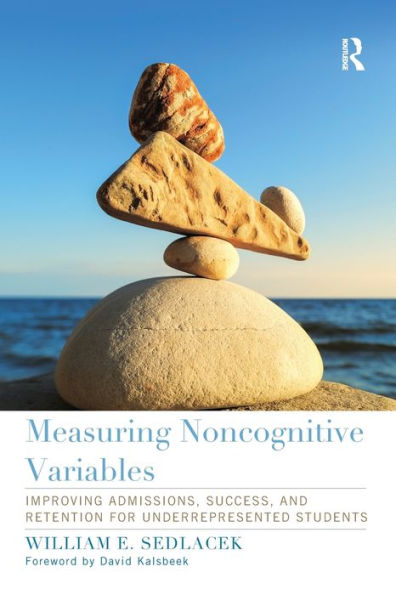

Barnes and Noble
Measuring Noncognitive Variables: Improving Admissions, Success and Retention for Underrepresented Students
Current price: $180.00
Size: Hardcover
Loading Inventory...
*Product information may vary - to confirm product availability, pricing, shipping and return information please contact Barnes and Noble
Co-published in association with Big Picture Learning.Measuring Noncognitive Variables: Improving Admissions, Success, and Retention for Underrepresented Students is written for admissions professionals, counselors, faculty and advisers who admit, teach, or work with students during the admissions process and post-enrollment period. It brings together theory, research and practice related to noncognitive variables in a practical way by using assessment methods provided at no cost. Noncognitive variables have been shown to correlate with the academic success of students of all races, cultures, and backgrounds. Noncognitive variables include personal and social dimensions, adjustment, motivation, and student perceptions, rather than the traditional verbal and quantitative areas (often called cognitive) typically measured by standardized tests.Key Features include:* Models that raise concepts related to innovation, diversity and racism in proactive ways* Examples of admission and post-enrollment applications that show how schools and programs can use noncognitive variables in a variety of ways * Additional examples from foundations, professional associations, and K-12 programs* An overview of the limitations of traditional assessment methods such as admission tests, grades, and courses takenEducation professionals involved in the admissions process will find this guide effectively informs their practice. This guide is also appropriate as a textbook in a range of courses offered in Higher Education and Student Affairs Masters and PhD programs.
